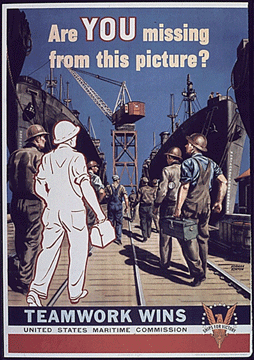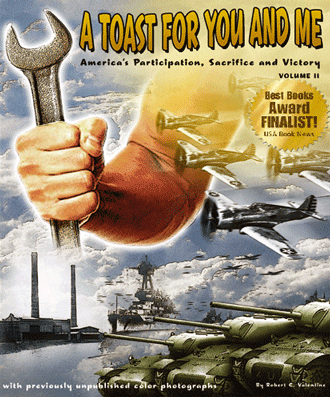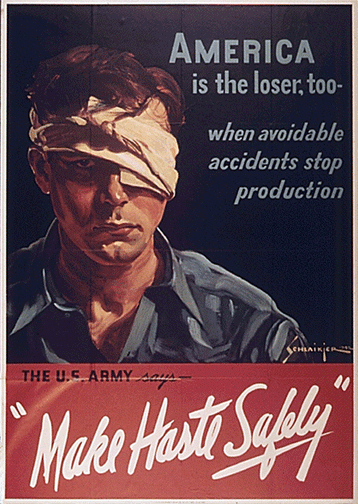Scroll Down To Order
Scroll Down To Order
A flicker of hope
is all that stood
. . . against barbarism.
Another outbreak of such a crisis of madness
[meaning the First World War]
would necessarily involve the destruction of
society in the public order. June 1, 1933
People cried out
for a better future.
Germany neither intends nor wishes
to interfere in the internal affairs
of Austria or to conclude an Anschluss. May 1935
If the problem is solved,
there will be no further territorial damands
in Europe by Germany. Sep 1938
CASTLES OF THE MIND ... VENTURE ACROSS ALL BRIDGES
To capture your imagination
War is hell not a picnic
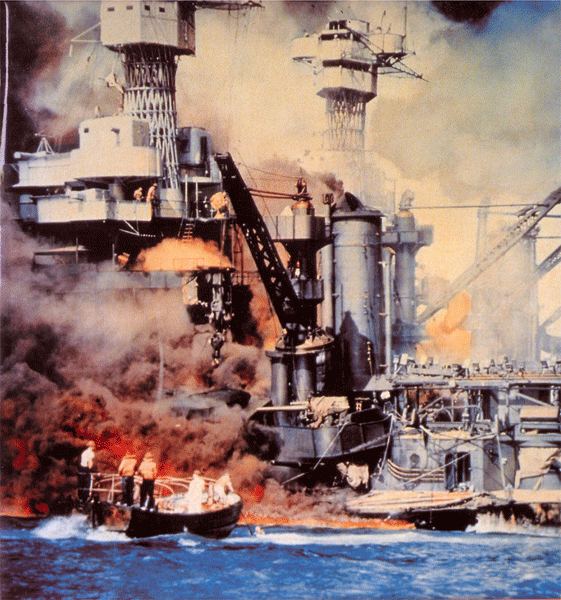

1942 in brief
This web page as the 1942 book reflects the time after Pearl Harbor was bombed, notably 1942. 1942 was the big year the Axis were winning.
A babel of humanity packed up their suitcases and headed to the factories, port cities and ship building yards. It is one thing to narrate history of the early days of WW II and include ration points, stories of diabolical saboteurs, Battle of the Atlantic, a fresh look at Hollywood, Battle of Midway, Japanese-American internment, 5-Num, the air force, Corregidor and the dual invasions of Guadalcanal and North Africa and to try to make something meaningful out of 1942. Everyone from chauffeur to plant boss, from store clerk and big department store employee, white collar, blue collar, you name it, they became what is collectively called "arsenal of democracy"—from the concept "can do" to the "We " can—all brought to life.
Americans were forced to adjust to rationing of foods, traveling many miles away from home, either in the military services or to distant war plants and shipyards, and had to get attuned to the sound of big war guns doing practice runs off the coasts while ever be so vigilant for spies and saboteurs during 1942. A spy network, unfortunately, did exist in the United States that many young people today do not know about. Three scenes in color below, the huge artillery guns go off guarding the California coast. MPs (Military Police) were everywhere in the early days of the war. A WAAC with early style cap in white dress uniform. Times were perilous as the Axis victories in 1942 were many; truly a struggle to even think of winning the war and achieve Allied Victory.
Before we look into some PDFs which showcase the book briefly, let's highlight a few items of interest. Music was interesting in the 1940s. We had Count Basie doing his thing, part of an American culture tied in to Jazz and Swing music. You know what they say: Music is the universal language. He was not the only one, for there were other great American composers and musicians like Glenn Miller, and Jimmy Dorsey. This video is colorized with Cab Calloway (in black Tuxedo with baton) and the Nicholas Brothers. And, it was a superb performance.


Fact filled book: A Toast For You And Me, America’s Participation, Sacrifice and Victory, vol 2. [Award-Winning Finalist in the History United States category of the National Best Books 2009 Awards.] ISBN-13: 978-1880633-84-7.
From esteemed Norman Hatch, Maj. USMC WW II (retired) and
former Director for Defense Information: "You have certainly done a painstaking effort in doing the research that shows up on every page of your book. I have taken the time to go through it all and marvel at your patience in putting it together. I do not believe that I have ever seen a book assembled in such a manner....your writing flows smoothly and I feel sure that it will put the readers of today into the culture of [the] period." A few are available at the TCA Convention.

My friend Sgt. Norman Hatch in 1944
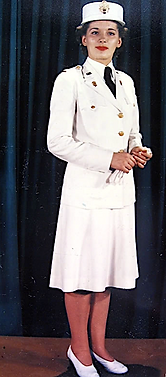
There are many dates and events in this volume that are omitted in other books about 1942. The WW II generation lived those days. It is important to note that each date and event are concentric to understanding what that generation went through, because at no other time in WW II history did they suffer so much, at least from the U.S. perspective. The homeland of Japan was relatively safe in 1942. The people of Germany only began to receive a taste of heavy air bombing beginning in mid 1942, from the British. Much of what had been in Axis hands in 1941 was still under Axis dominion in 1942. In the South Pacific, Japanese forces were running wild. Japan had the edge in carriers and veteran pilots when the battle of Midway happened. (PDFs are low res, however all illustrations in the book are actually high res.) Why not order a copy of vol. 2? A unique look at The Battle of Los Angeles, February 25, 1942. with a look at Fort MacArthur via a great and beloved television personality to Californians, Huell Howser.
1942 really began horrible. There were spies, saboteurs, attacks on ships off our shore, rations of foods and commodities. The entire Philippines was captured by the Japanese, and their rules and laws became more vicious as time passed. Ditto for all of Asia. Moreover, readers of this volume will see that things did not get that much better until past summer. There were lots of air raids. And, plenty of anti-aircraft batteries, although not like THAAD. Luckily, the aircraft of that era could not reach U.S. shores; but there were attacks on U.S. soil principally on the West Coast. One thing that highlights 1942 over previous WW II years is the acceleration of the extermination of the Jewish people of Europe.
In older iPads, view horizontally if picture obstructs view.
Or, maybe decrease magnificaton in viewer.
Inside Germany, the concentration camps were operating at near capacity and they would not begin the worst of the worst until from 1942 onward, specifically after a secret meeting held on January 20 in Berlin called the Wannsee Conference. It called for deportation of Jews from German-occupied areas from Britain (Hitler still thought he would conquer Great Britain) to Eastern Europe for a "Final solution to the Jewish Problem." Technically it would be a hideous continent-wide genocide but, most death camps and crematoriums would not exist for much of 1942—they would not be etched in history until after 1942. Imperial Japan and Nazi Germany possessed many prisoner camps, ranging from POW camps to concentration camps to factory camps of slave laborers. This is not to say Death camps did not exist in '42, for example Belzec began receiving the first masses in Mar. of 1942. This ugly SS camp burned exhumed corpses on five-open-air grids that made the air foul; was closed in 1943. One of the most hideous was Treblinka II, where the Jews who arrived there were told it was only a transit camp, complete with fake ticket windows, fake train schedules, and a fake train station clock. From September 1942 on, the prisoners were greeted with a message that they were at a transit point on the way to Ukraine, to have their clothes disinfected and be given work clothes, so they en masse were stripped naked and lured to the building with showers. In reality, that is where they were gassed. All prisoners were separated by gender. Those Jews from Bulgaria were different. They did not arrive in box cars, they came in passenger cars, complete with tickets and allowed to keep their luggage . . . until they reached Treblinka. The SS guards used whips on anyone who did not "cooperate." All women had their hair shaved off, before they went to the gas chambers. Their feminine hair was used to make socks for U-boat crews. All gold teeth were removed for use in the Greater Aryan Third Reich. Dead prisoner bodies in Germany would be used to make soap and fertilizers, which the general public in 1942 never dreamed it would happen. One point about this is a report from one of America's most celebrated broadcast journalists Edward R. Murrow, on the concentration camps, issued December 13, 1942: "One is almost stunned into silence by some of the information reaching London. Some of it is months old, but it's eyewitness stuff supported by a wealth of detail and vouched for by responsive governments ...millions of human beings, most of them Jews, are being gathered up with ruthless efficiency and murdered...a picture of mass murder and moral depravity unequaled in the history of the world." Excerpt from Edward R. Murrow, And The Birth of Broadcast Journalism by Bob Edwards.

 | 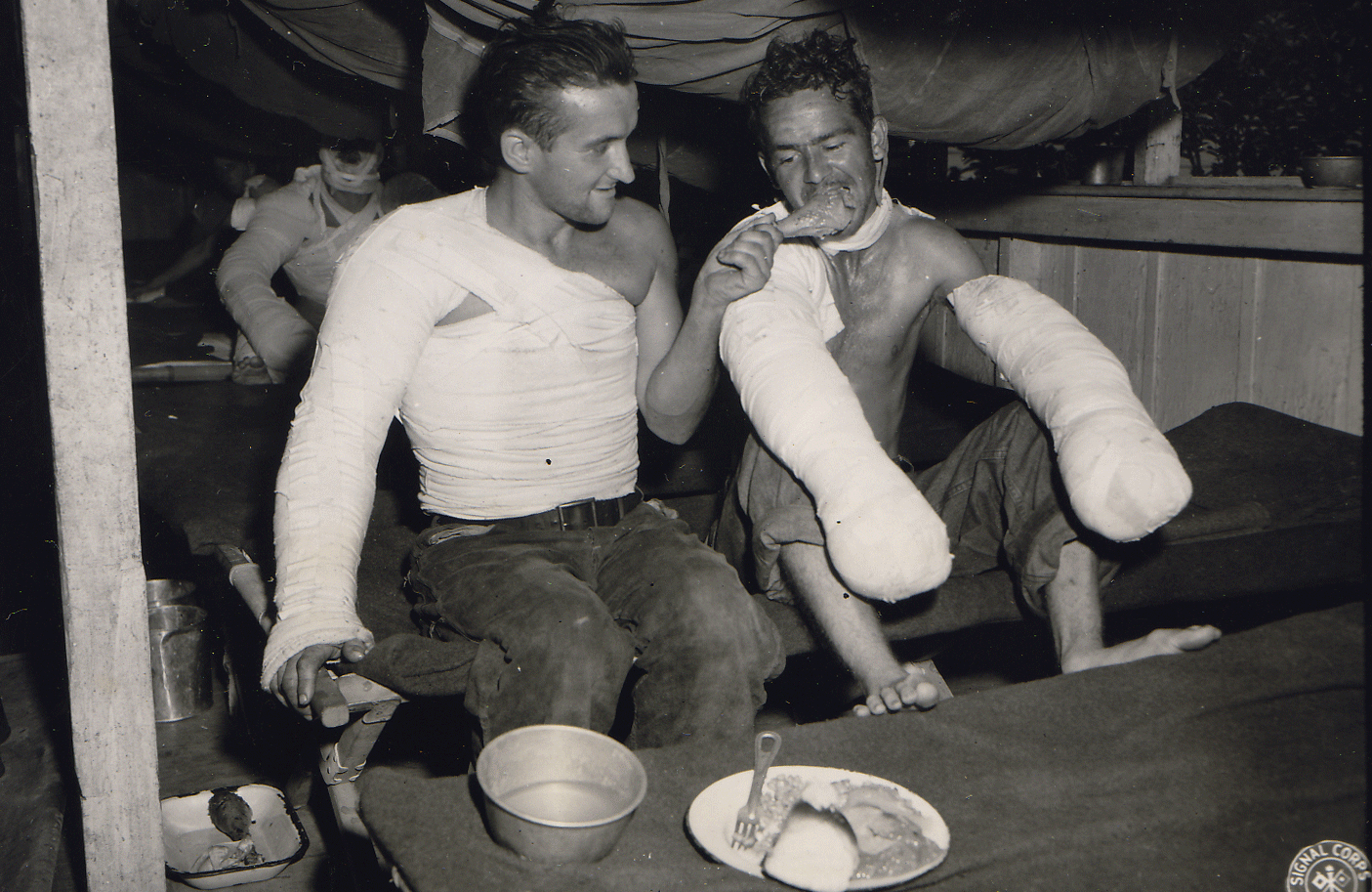 | 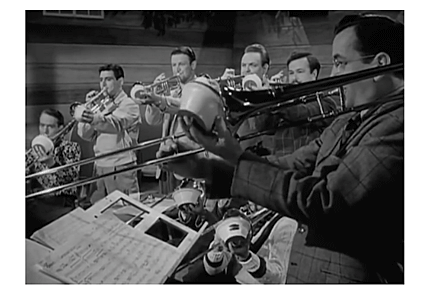 |  |
|---|---|---|---|
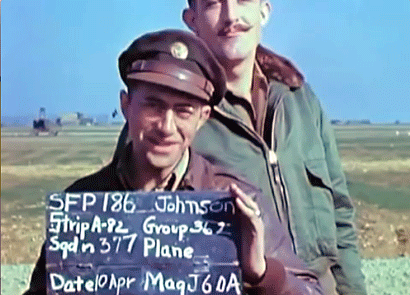 |  |
Dirty Saboteurs and Spies
Relocations
Enigmatic history
N. Y. City at war

Germany seemed untouchable for a thousand years.
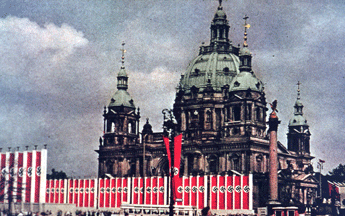

A few items about the series of WW II books.
At the end of every volume is the latest chronology, which may help historians on the gigantic scale of things. Also, the author has been frequently asked what is Corrigidor about? And, where is Bataan again? The following is a supplemental report on Bataan and the Fall of the Philippines. If you ever visit the Philippines, Bataan is accessible via the Subic Clark Tarlac Expressway (SCTEX) and Northern Luzon Expressway (NLEX). One of the main highlights of my trip to Bataan was the visit to Las Casas Filipinas de Acuzar, about 20 k from the Mt. Samat Shrine. It is a unique heritage resort.
